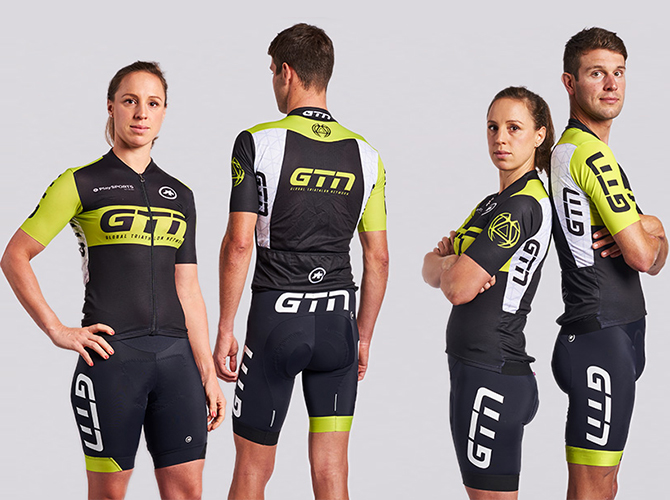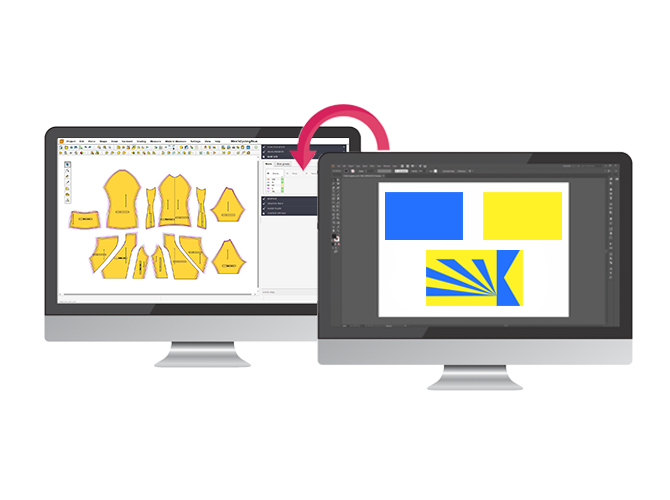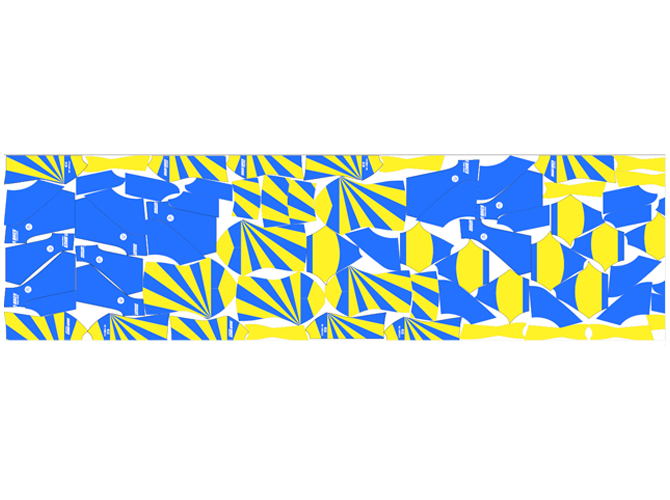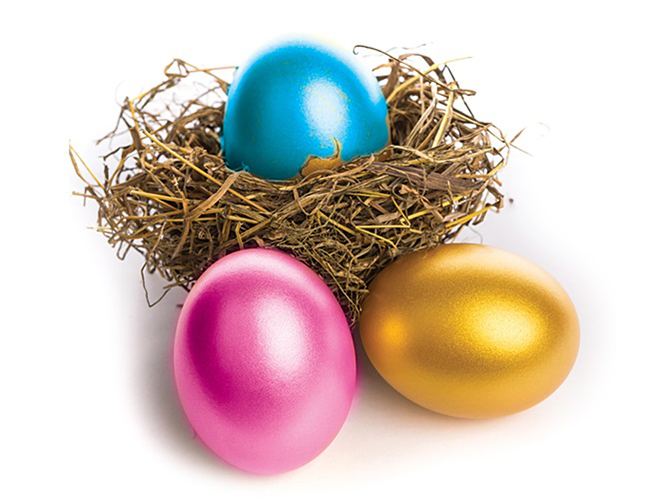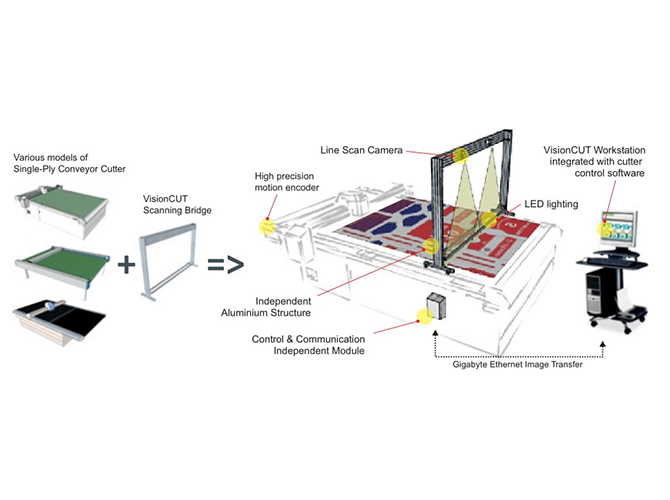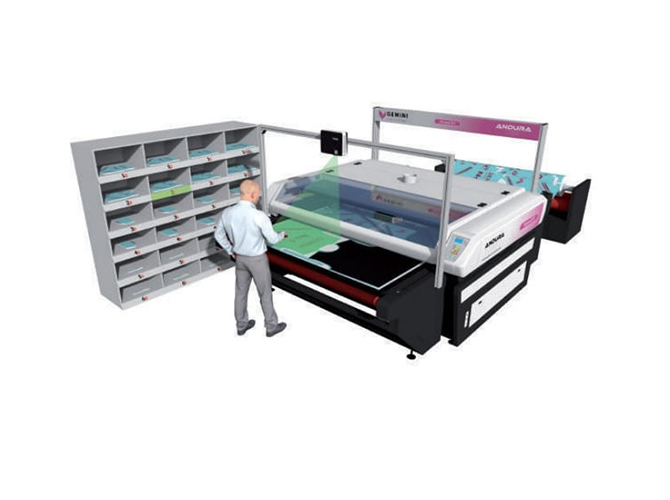Despite the fact that most apparel CAD and pre-press software applications are quite performant, the above-mentioned process does not actually take place like this in most companies producing digital printed sportswear. This happens for the very simple reason that the apparel CAD and pre-press applications do not interact and cannot cooperate to do the job.
In reality, most producers use an apparel CAD solution to design and cut the parts from white fabric. In a totally separate process, they prepare the graphics and print them to paper. Grading is done by manually scaling the graphics to match the altered dimensions of the patterns. Positioning the white pieces of fabric onto the printed paper is made purely by hand, involving high production costs.
For the first time, Crea Solution's introduces the PDFtoPATTERN plugin for the Pattern Designer software. Producing custom-made sportswear with digital printing has never been easier. Graphics are imported, in PDF format, directly into the CAD application.
The content is placed on the pattern and is automatically graded by using the same technique as in the normal apparel grading. The PDFs will be embedded in the CAD file. Once this is done, the workflow will be a typical one for the apparel production: the CAD file containing the PDFs will arrive in Crea Nest Expert, where it will be automatically nested at high efficiency, using Rotation and other nesting functions and restrictions. Once nesting is done, Crea Nest Expert will export two files: one, for the digital printer, the other, for the cutter. Both files incorporate logical elements, to be subsequently used by VisionCUT for automatically scanning and cutting the file.
The capability to handle PDFs and to apply apparel grading procedures, combined with the ability to nest patterns containing graphics into one large marker translate into a total automatization of the process, all the way to the cutter.
The PDF graphical content passes through Crea Pattern Designer and Crea Nest Expert undamaged, without any alteration of the quality or of the properties of the original files; the result is a large format PDF, with the same quality level and color properties, that can be sent directly to the printer.
Preparing the jobs for producing digital printed sportswear requires several separate parts:
- Designing and grading the patterns following a classic apparel CAD workflow
- Designing the graphical content in a pre-press application
- Merging the pattern shapes with the graphics content for each individual size
- High-efficiency nesting of the parts in long markers
- Printing the parts in a roll
- Cutting the parts
Our Breakthrough
The entire Digital Printing solution provided be Crea Solution's Systems is based on a proprietary technology capable to import, scale, imposition and print high-quality printable files such as EPS or PDF. This capability exists both in Crea Pattern Designer as well as in Crea Nest Expert modules.
How It works ?
Using the ability to handle printable graphical content, the designer can use Crea Pattern Designer to merge the Graphical content with the shapes designed and graded in the CAD application, nest these decorated shapes and send the result directly to a wide format printer and a cutter.
That means the entire workflow is actually changed, all pre-press operations are performed inside the apparel CAD environment provided by Crea Solution's, benefitting of all typical automation tools specific to garments production, such as grading, checking, cut planning, nesting, etc.
The result of this process is a roll of nested printed shapes which must be cut. The technology in charge of this phase is VisionCUT. This system has the capability to scan the printed fabric, to identify the position and distortion of printed shapes and drive a single ply cutter to cut the parts perfectly, by compensating any distortion within a given set of rules and restrictions. The entire process is fully automatic, in a seamless in-line integration with the cutter.
What are the benefits?
For the first time, producers of digitally printed sportswear and other sewn goods can implement a fully automated workflow which reduces by up to 60% labour costs. Use of consumables such as transfer paper and printer time are reduced by up to 35%, while ink consumption is reduced by up to 10%. Quality in matching the sewn parts on any size is guaranteed and does not require any compromise. The entire process is also compatible with direct-to-fabric printing technology.
